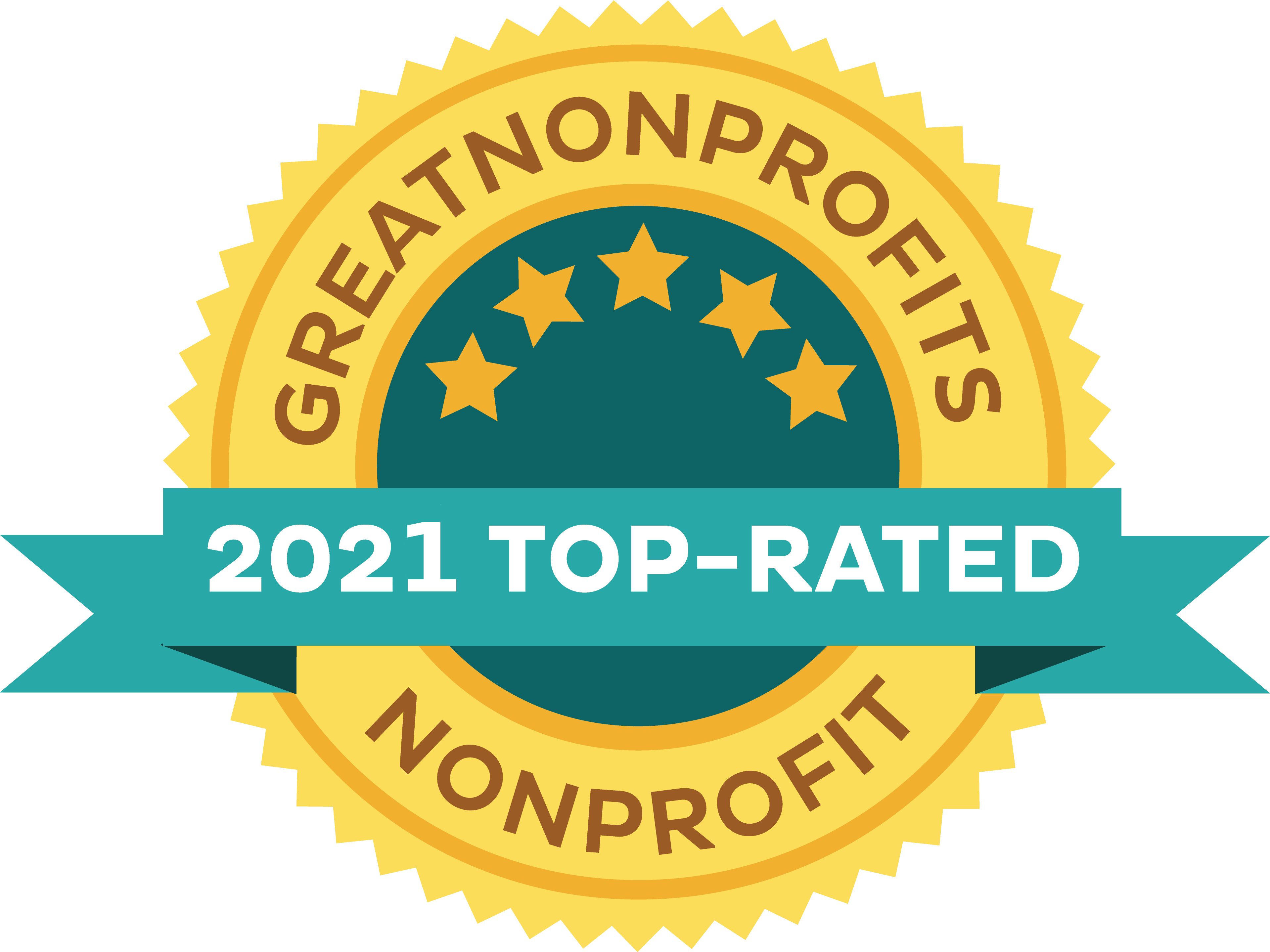Archaeobotany has been for a long time on the agenda of the Institute. Already in 2010, scientists in the Institute in partnership with Smithsonian's geneticist Fleischer were able to crack the mystery of medicinal tablets recovered from a 140/120 B.C. shipwreck. This archaeobotany of a new type opened the way for a much-needed program in the Institute. In collaboration with intern Nils Niemeier (University of Richmond, Richmond, VA), the Institute is laying down the basis for such program. It is building a database on the remains of plants mentioned in published literature, with a major focus on the Mediterranean between 1200 BC and AD 600. In the future, this first nucleus will be expanded so as to cover all the Mediterranean area.
In a similar way, Alain Touwaide is investigating the gardens of the Roman empire. Pursuing a research started as early as 2003, he hypothesizes that the multiple gardens created in Rome and Italy during the 1st centuries BC/AD were not only decorative in nature, but also had a determined function. According to Touwaide, this function was to provide the growing cities of the Roman world with the basic medicinal plants needed for the daily health care--and nutrition--of the households. He will make a first presentation of his research on this topic for the Smithsonian Resident Associates, Wednesday, July 18 - 6:45 p.m. to 8:30 p.m. under the title "Ancient Roman Gardens as Urban Pharmacopeia".
Complementarily, student Tanya Volansky (Randolph-Macon College, Ashland, VA) is updating the bibliography on the history of medicinal plants in Classical Antiquity. Pursuing the compilation published in 1998 by Touwaide and complementing the acquisition in the Historia plantarum collection of the Institute's founders, this bibliography will be up-to-date and will be regularly updated in the future so as to constitute a reference work for any further research in the Institute.
Outside the Mediterranean area, but connected with it, is the Ethiopian world. Intern Daniel Woolridge - enrolled in a Master Degree in the Complementary and Alternative Medicine of Georgetown University directed by Profs. Aviad Haramati and Hakima Amri -, is researching the traditional therapeutic uses of plants in this area for his practicum. The information collected from available literature will be evaluated and compared to medieval Arabic literature on the topic to determine possible continuities from past to present, according to the general research strategy of the Institute.
Similarly, thanks to a new Volunteer who joined the research team of the Institute, a new program has been launched on Ayurvedic medicine. At this stage, research is in an exploratory phase, which includes getting in touch with specific research organizations in India, with some of which the Institute has already been in contact.
In a complementary way, Traci Pantuso, a recent graduate of Bastyr University’s Naturopathic Doctoral program, who is currently doing a residency at the Bastyr Center for Natural Health, will delve into the uses of plants to treat tuberculosis. A first exploratory residential stay at the Institute will allow her to get a sense of available information that she will further evaluate back to Bastyr and possibly also submit to laboratory and/or clinical assays. It is expected that her stay at the Institute will be only a first phase of a wider program that will expand in the near future and possibly lead to clinical applications, something that will be an embodiment of the vision of the Institute: linking past and present for the future.


